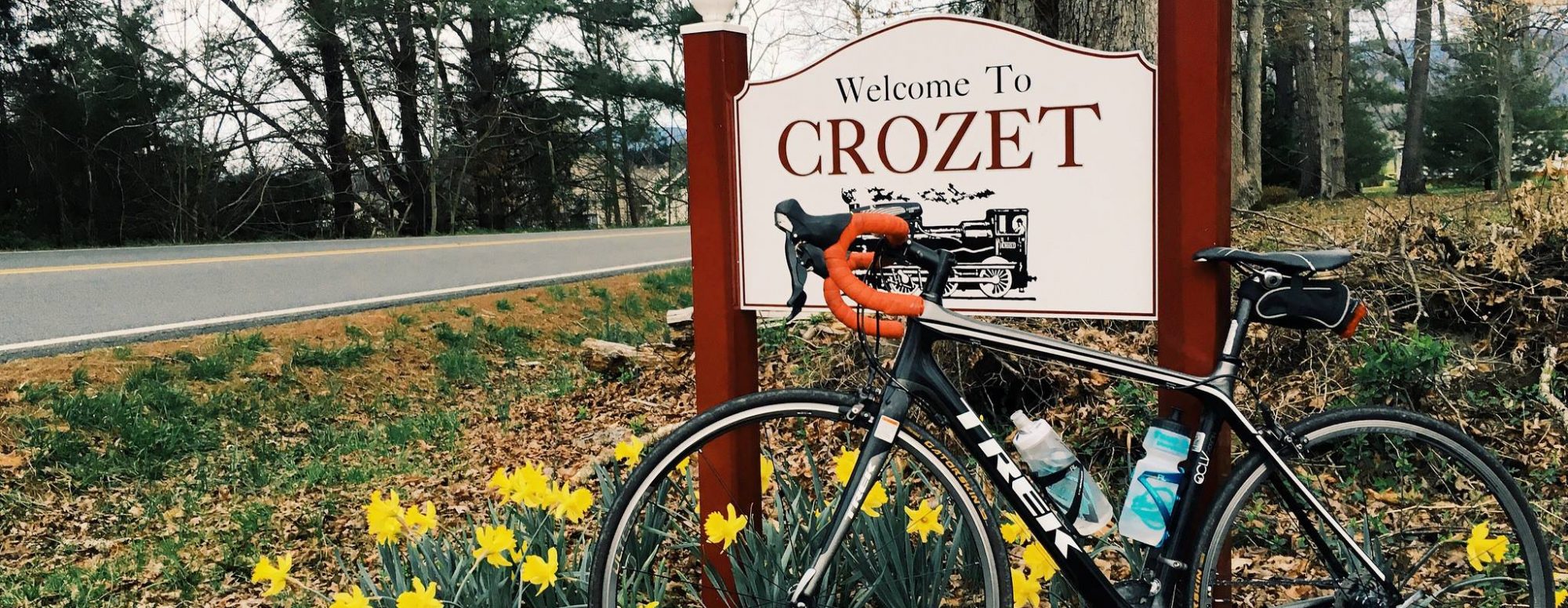Mornings like this are a reminder of what an amazing place Crozet is. As we were descending Newtown Road this morning, we passed another group of riders starting the climb.
Luckily, the deer to our right stayed where he was.
As we passed countless people running, we all waved, as we started our mornings in one of the best ways possible – experiencing the outdoors, running, riding, walking in the humid summer morning. (ironically humid, as we’re in a drought)
Just a reminder of how nice Crozet is.





Two related items
On July 1, 2021, a new law goes into effect in Virginia that allows bicyclists to ride two abreast and requires motorists to change lanes to pass. Bicyclists are still expected to ride as close as safely practicable to the right curb or edge of the roadway when conditions allow. Also, the law states that riders on a highway shall not ride more than two abreast, so group riders need to follow this restriction.
The law already requires motorists to pass at a reasonable speed at least three feet to the left of an overtaken bicycle, electric personal assistive mobility device, electric power-assisted bicycle, moped, animal, or animal-drawn vehicle proceeding in the same direction. It also allows motorists to cross a double yellow line to pass and provide the three feet margin of safety.
In short, the new law is not changing passing or lane use requirements significantly. Also, this type of statute is common in many states and has proven useful over decades of experience in the United States and abroad.
Allowing bicyclists to ride two abreast provides advantages to motorists and riders:
First, a group of riders riding two abreast is far more visible to drivers.
Second, a more compact group of two-abreast cyclists can make passing easier and more predictable. A two-abreast formation is approximately the width of a car, and cars should pass them as if they were passing a slower automobile.
Third, riders can see dangers that limit the room for passing before a trailing driver will. Riding two abreast—and “taking the lane” if riding alone—sends a message that some caution by motorists is in order. Whether a blind curve, approaching traffic, an obstacle in the road, or a narrowing lane, riders signal the danger by moving to the left or riding two abreast. This protects the cyclists and helps motorists avoid improperly passing and causing a crash or forcing the bicyclists off the road.
The key is for motorists and riders–whether an individual, a pair, or a larger group–to be considerate, bike/drive defensively, and stay alert at all times. Other bikers overtaking slower riders on the roads need to be similarly considerate and careful when passing.


